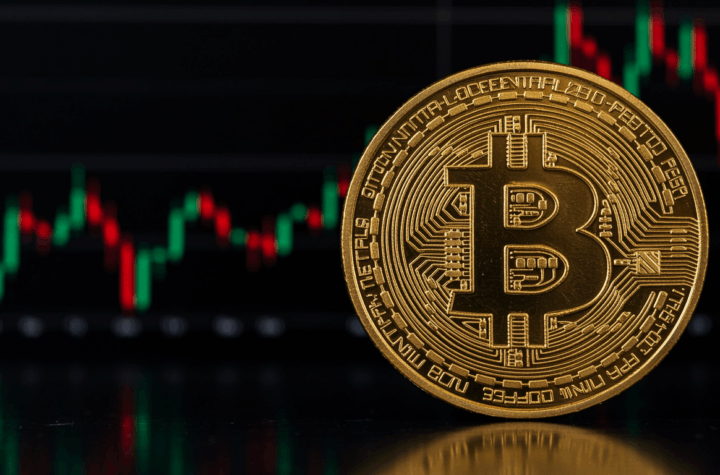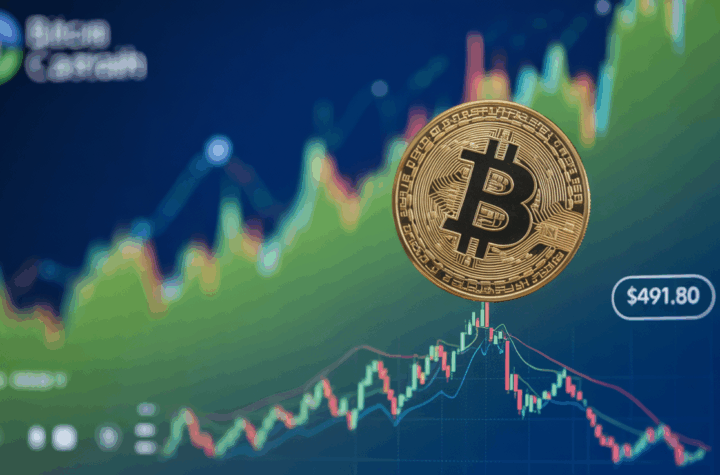
The crypto market-making sector is undergoing a reckoning as recent token disasters involving Movement Labs’ MOVE and Mantra’s OM expose hidden dangers in liquidity provision and counterparty trust.
“These incidents have fundamentally altered the trust dynamics between market makers and project teams,” said Zahreddine Touag, Woorton’s Head of Trading, in a Telegram message. “Trust is no longer automatic; it has to be actively built through transparency and disclosure.”
Both MOVE and OM experienced rapid and severe price collapses, revealing concealed token holders, unexpected unlock schedules, and alleged side agreements unknown to the wider market. OM’s token tumbled over 90% within hours in late April without an obvious trigger.
Unlike market makers in traditional finance who primarily provide orderly bid-ask spreads on regulated exchanges, crypto market makers function more like active trading desks. They negotiate pre-launch token deals, manage lockups, facilitate exchange liquidity, and sometimes take equity or advisory roles.
This hybrid role creates a complex environment where liquidity support is deeply intertwined with private tokenomics arrangements and insider dealings.
A recent CoinDesk investigation uncovered how some Movement Labs executives allegedly colluded with their market maker to dump $38 million worth of MOVE tokens into the market, shaking confidence.
Now, many firms are reassessing their approach to counterparty risk and market engagement. Questions about opaque unlock schedules and informal side deals have raised alarms.
“Our current approach involves in-depth discussions with project teams to ensure they fully grasp market-making mechanisms,” said a spokesperson for Metalpha’s market-making division. “We focus on long-term strategic partnerships and have implemented safeguards to prevent unethical behaviors such as token dumping or artificial volume spikes.”
Legal teams are also stepping up scrutiny. “At B2C2, we have enhanced our risk assessments with rigorous legal diligence and enforceable tokenomics agreements,” said Dean Sovolos, B2C2’s Chief Legal Officer. “The recent scandals exposed risks that have always existed but were poorly managed. We’re strengthening contracts and linking legal terms with technical enforcement.”
Some market makers are demanding clearer transparency, while others are steering clear of projects with uncertain governance.
“Trust can no longer be assumed based on reputation alone,” said Max Sun, Metalpha’s Web3 ecosystem lead. “Even major players have misused shadow allocations or engaged in detrimental selling. The crypto industry is moving past an era of presumptive trust.”
Beneath the surface lies a largely unseen secondary OTC market where locked tokens change hands privately, distorting supply and price discovery.
“The secondary OTC market has transformed industry dynamics,” said Min Jung, analyst at Presto Research. “Tokens like $LAYER, $OM, and $MOVE with questionable price behavior tend to be heavily traded off-market, confusing real supply schedules.”
In today’s market, the biggest risk isn’t just price swings—it’s the misconception that circulating token supply matches official disclosures, leading to mispriced assets and heightened uncertainty.






More Stories
“Dogecoin steadies near $0.16 support amid profit‑taking that caps upside momentum.”
RLUSD Pilot Boosts XRP 5%, Technical Momentum Points to $2.50
How Aggressively Are BTC Traders Hedging After Recent Dip Under $100K?